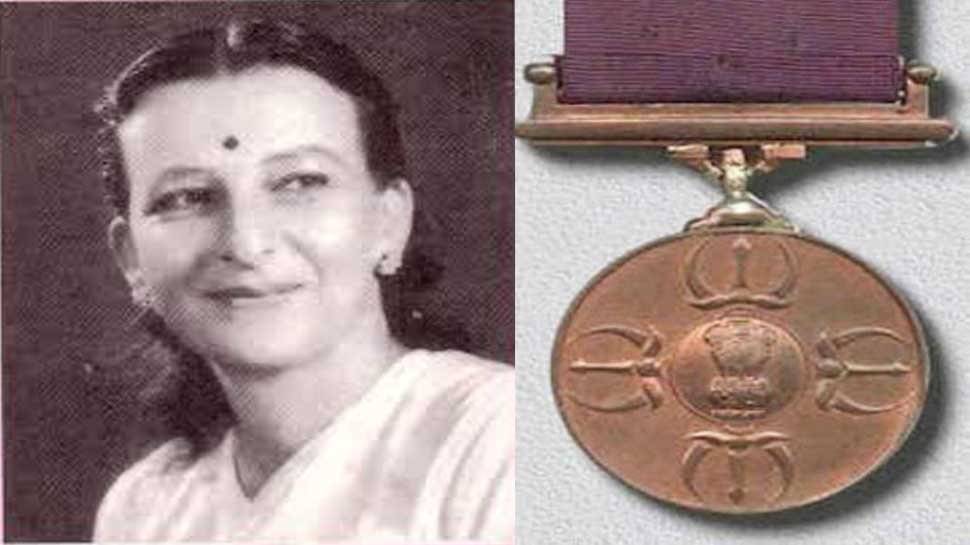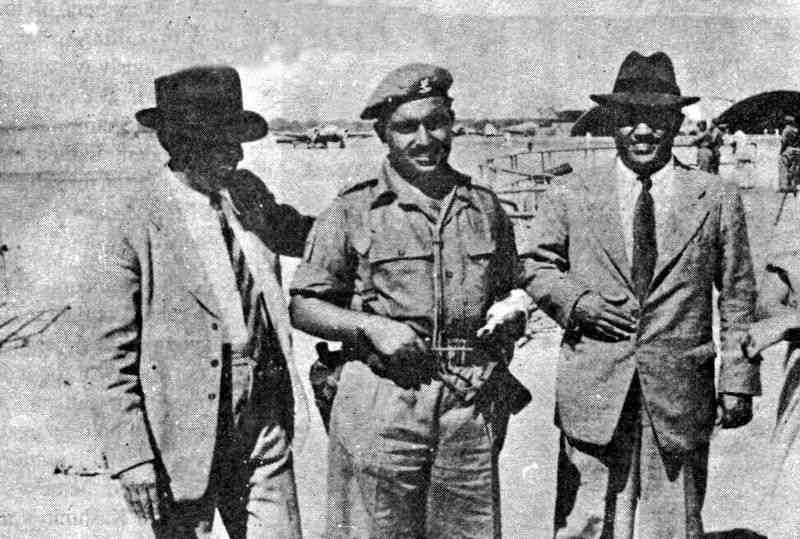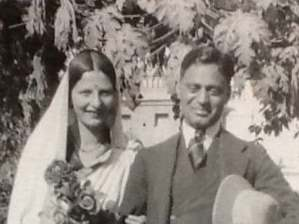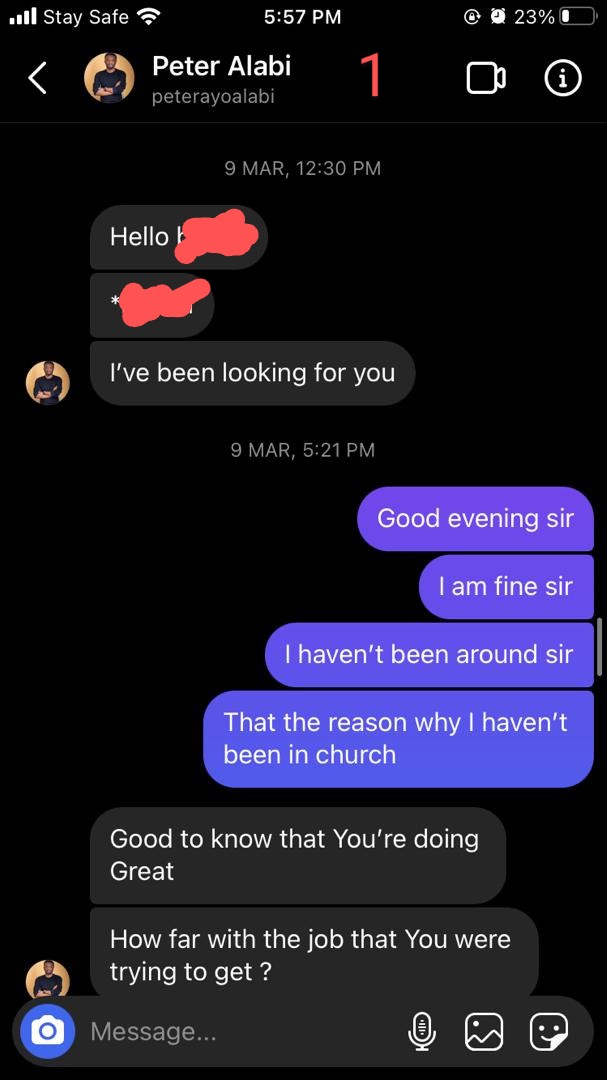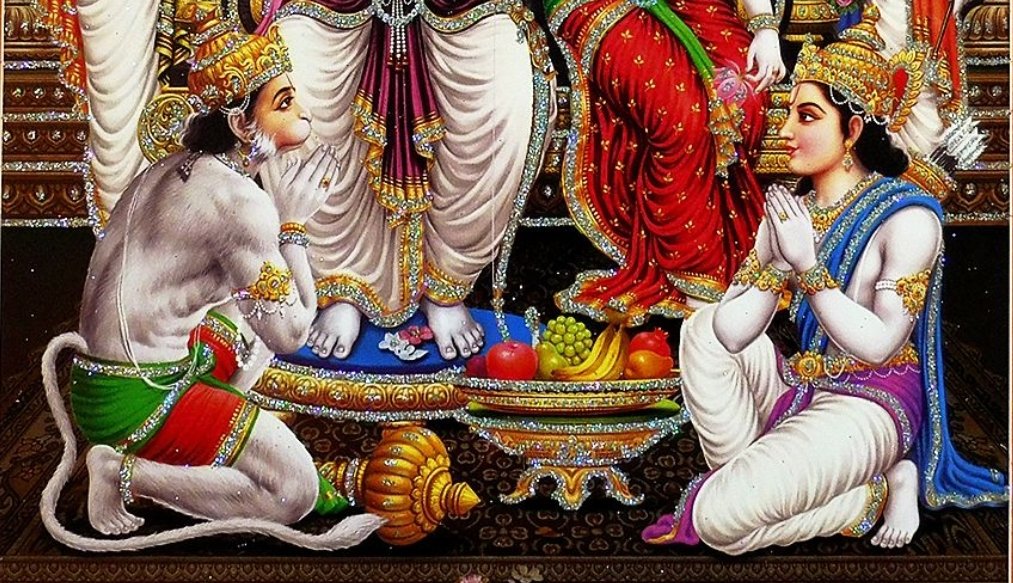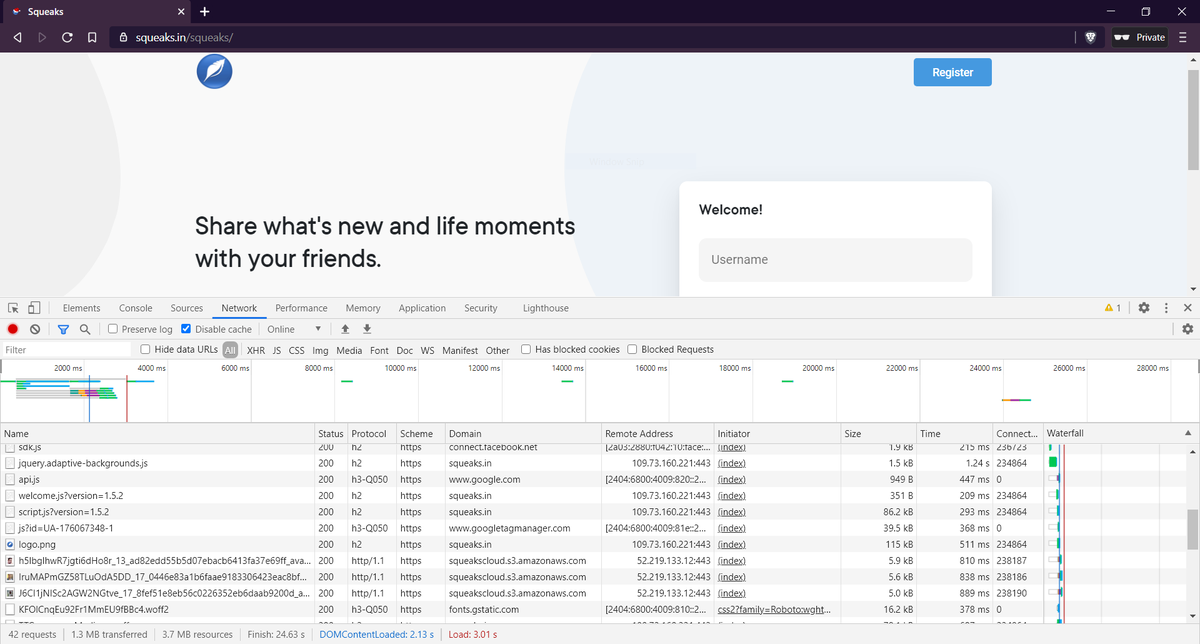
Neither https://t.co/00NDYv81XX nor https://t.co/3tPOCsz4Yf are swadeshi!!
Friends, not everyone is technical and we Indians are very fragile to fall into the trap when people whom we trust mislead you.
I'll be proving this in the thread and will guide you to check it yourself.

1. https://t.co/LTrVdSOQHw (109.73.160.221)
2. https://t.co/SOFzVJWNdC (52.219.133.12)
Let's now find out with these IPs where they're hosted...
1. https://t.co/JsCSIfeH6Q
2. https://t.co/JXjPuBoQBM
First one is a RIPE IP and second one is ARIN, European and American IP network respectively.
1. https://t.co/kTgtVCnRkg
2. https://t.co/4wxWQhyMEN
They are owned by HostDime UK and Amazon Technologies USA.
Note that the Asian(Handling IP for India) counterpart of these are APNIC.
Open https://t.co/DVCjdBvhQL in a new tab and search https://t.co/LTrVdSOQHw after completing captcha there.
Results is kind of shocking to me...

Last when I read .in domains don't allow private/hidden whois, which I need to reconfirm as I am not up-to-date on policies since a few years.
2. Is it bad to operate like this? NO. But claiming Swadeshi is almost a crime unless they change this and they don't keep the data within Indian borders.
3. Owners of all the data are ...
These orgs are known to share data with govt when asked to and can shut down when they don't like it (remember Parler on AWS)?
1. https://t.co/9oisFqNT51 (64.225.84.69)
Let's find out where this IP is hosted...
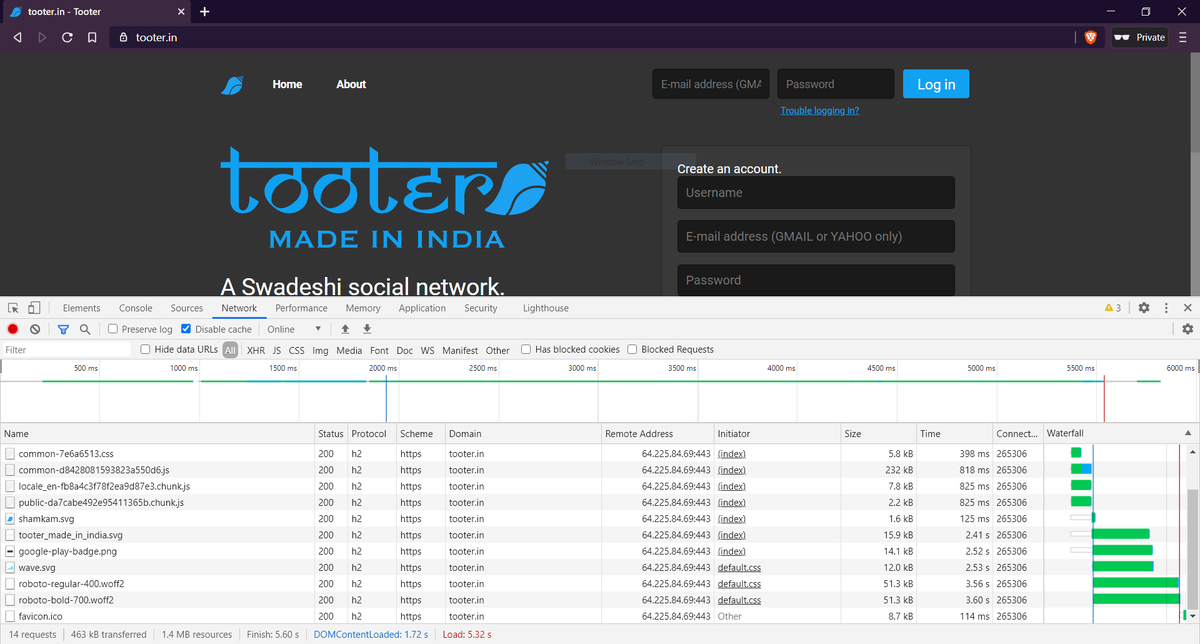
This is an ARIN IP and owned by DigitalOcean US. Let's confirm this with ARIN for clarity
1. https://t.co/kGTTvD3jUC
Yes, DigitalOcean US, 100% confirmed with address/email and phone. Remember Indian IP would be under APNIC.
Open https://t.co/DVCjdBvhQL and query https://t.co/9oisFqNT51.
Shocking indeed...
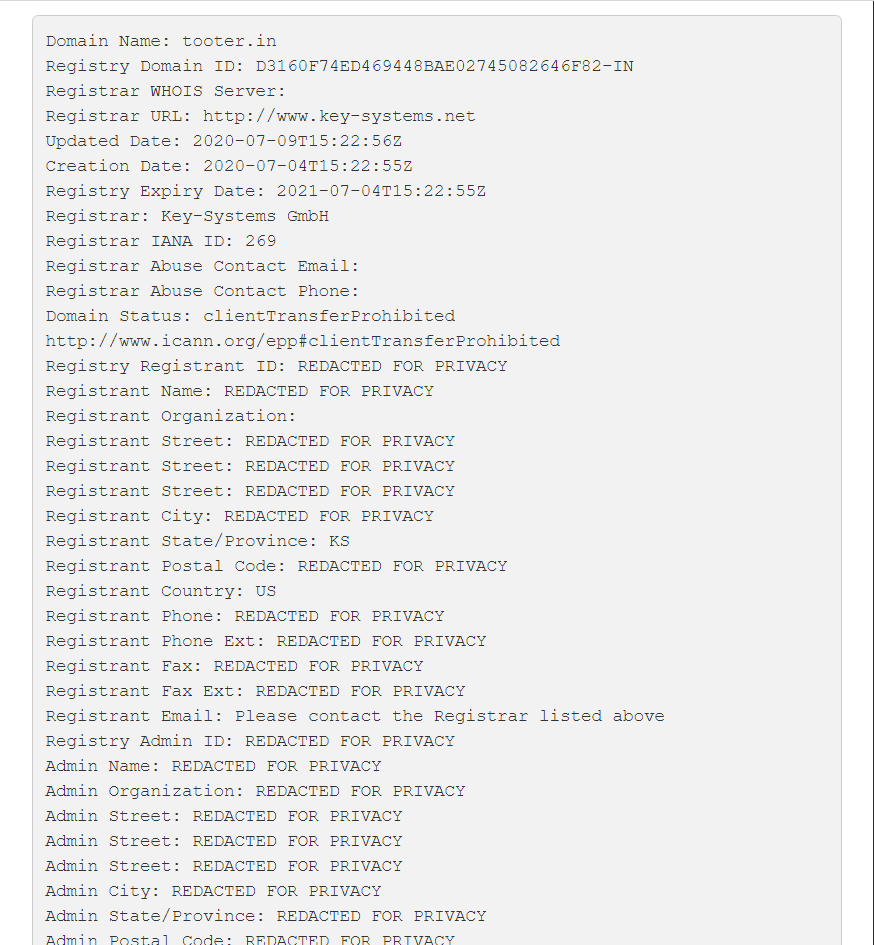
Wow for people like @nanda8tooter who claim SWADESHI with all this - https://t.co/BPZfLMDbzW
Also, https://t.co/PvLGUy1ILn it's clear this is just a clone of gab-social
More from India
"At least we don't behead people, be happy"....
Thread on beheadings by H!ndus
(1/n) https://t.co/jr72XYZHTq

https://t.co/esFBGvvvCt

https://t.co/t0X0bpsYZI

https://t.co/akB0tGqwfB

https://t.co/pfRi6SxqW5

Thread on beheadings by H!ndus
(1/n) https://t.co/jr72XYZHTq

Radical Hindutva Extremists
— Dhruv Rathee \U0001f1ee\U0001f1f3 (@dhruv_rathee) January 3, 2021
= Radical Islamic Extremists - Beheading + Mob Lynching
+ "At least we don't behead people, be happy"
https://t.co/esFBGvvvCt

https://t.co/t0X0bpsYZI

https://t.co/akB0tGqwfB

https://t.co/pfRi6SxqW5

You May Also Like
Keep dwelling on this:
Further Examination of the Motif near PRRA Reveals Close Structural Similarity to the SEB Superantigen as well as Sequence Similarities to Neurotoxins and a Viral SAg.
The insertion PRRA together with 7 sequentially preceding residues & succeeding R685 (conserved in β-CoVs) form a motif, Y674QTQTNSPRRAR685, homologous to those of neurotoxins from Ophiophagus (cobra) and Bungarus genera, as well as neurotoxin-like regions from three RABV strains
(20) (Fig. 2D). We further noticed that the same segment bears close similarity to the HIV-1 glycoprotein gp120 SAg motif F164 to V174.
https://t.co/EwwJOSa8RK

In (B), the segment S680PPRAR685 including the PRRA insert and highly conserved cleavage site *R685* is shown in van der Waals representation (black labels) and nearby CDR residues of the TCRVβ domain are labeled in blue/white
https://t.co/BsY8BAIzDa
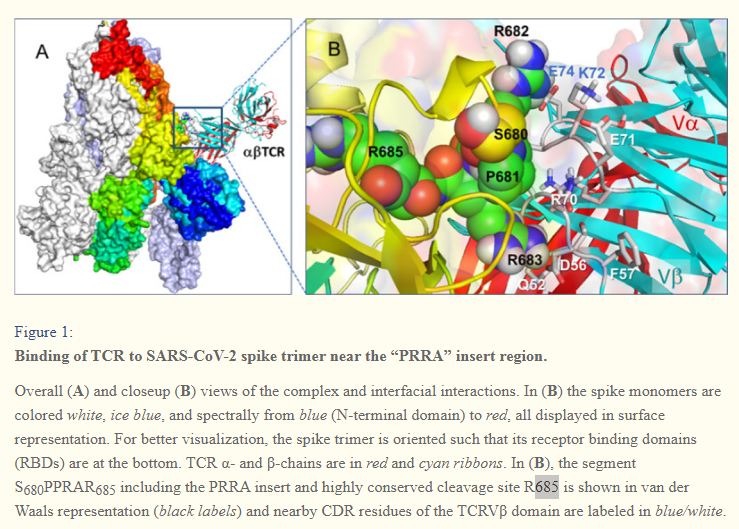
Sequence Identity %
https://t.co/BsY8BAIzDa
Y674 - QTQTNSPRRA - R685
Similar to neurotoxins from Ophiophagus (cobra) & Bungarus genera & neurotoxin-like regions from three RABV strains
T678 - NSPRRA- R685
Superantigenic core, consistently aligned against bacterial or viral SAgs

Further Examination of the Motif near PRRA Reveals Close Structural Similarity to the SEB Superantigen as well as Sequence Similarities to Neurotoxins and a Viral SAg.
The insertion PRRA together with 7 sequentially preceding residues & succeeding R685 (conserved in β-CoVs) form a motif, Y674QTQTNSPRRAR685, homologous to those of neurotoxins from Ophiophagus (cobra) and Bungarus genera, as well as neurotoxin-like regions from three RABV strains
(20) (Fig. 2D). We further noticed that the same segment bears close similarity to the HIV-1 glycoprotein gp120 SAg motif F164 to V174.
https://t.co/EwwJOSa8RK

In (B), the segment S680PPRAR685 including the PRRA insert and highly conserved cleavage site *R685* is shown in van der Waals representation (black labels) and nearby CDR residues of the TCRVβ domain are labeled in blue/white
https://t.co/BsY8BAIzDa

Sequence Identity %
https://t.co/BsY8BAIzDa
Y674 - QTQTNSPRRA - R685
Similar to neurotoxins from Ophiophagus (cobra) & Bungarus genera & neurotoxin-like regions from three RABV strains
T678 - NSPRRA- R685
Superantigenic core, consistently aligned against bacterial or viral SAgs

A brief analysis and comparison of the CSS for Twitter's PWA vs Twitter's legacy desktop website. The difference is dramatic and I'll touch on some reasons why.
Legacy site *downloads* ~630 KB CSS per theme and writing direction.
6,769 rules
9,252 selectors
16.7k declarations
3,370 unique declarations
44 media queries
36 unique colors
50 unique background colors
46 unique font sizes
39 unique z-indices
https://t.co/qyl4Bt1i5x

PWA *incrementally generates* ~30 KB CSS that handles all themes and writing directions.
735 rules
740 selectors
757 declarations
730 unique declarations
0 media queries
11 unique colors
32 unique background colors
15 unique font sizes
7 unique z-indices
https://t.co/w7oNG5KUkJ

The legacy site's CSS is what happens when hundreds of people directly write CSS over many years. Specificity wars, redundancy, a house of cards that can't be fixed. The result is extremely inefficient and error-prone styling that punishes users and developers.
The PWA's CSS is generated on-demand by a JS framework that manages styles and outputs "atomic CSS". The framework can enforce strict constraints and perform optimisations, which is why the CSS is so much smaller and safer. Style conflicts and unbounded CSS growth are avoided.
Legacy site *downloads* ~630 KB CSS per theme and writing direction.
6,769 rules
9,252 selectors
16.7k declarations
3,370 unique declarations
44 media queries
36 unique colors
50 unique background colors
46 unique font sizes
39 unique z-indices
https://t.co/qyl4Bt1i5x

PWA *incrementally generates* ~30 KB CSS that handles all themes and writing directions.
735 rules
740 selectors
757 declarations
730 unique declarations
0 media queries
11 unique colors
32 unique background colors
15 unique font sizes
7 unique z-indices
https://t.co/w7oNG5KUkJ

The legacy site's CSS is what happens when hundreds of people directly write CSS over many years. Specificity wars, redundancy, a house of cards that can't be fixed. The result is extremely inefficient and error-prone styling that punishes users and developers.
The PWA's CSS is generated on-demand by a JS framework that manages styles and outputs "atomic CSS". The framework can enforce strict constraints and perform optimisations, which is why the CSS is so much smaller and safer. Style conflicts and unbounded CSS growth are avoided.




